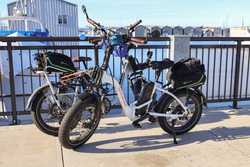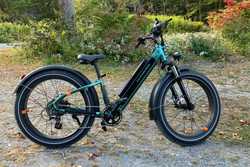- Sizes: 7 - 15 (half sizes up to 12.5)
- Materials: Rubber outsole, abrasion-resistant mesh
- Weight: 13.66 ounces
- Heel drop: 2mm
- Colors: 6
- Price on publish: $130
Best Gym Shoes for Men: 10 Expert-Approved Picks for Workouts
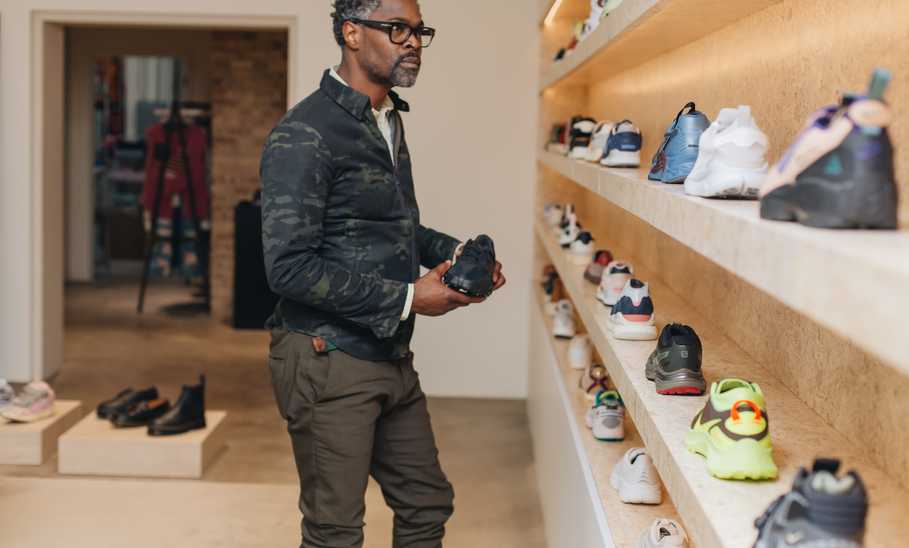
Our evaluations and opinions are not influenced by our advertising relationships, but we may earn a commission from our partners’ links. This content is created by TIME Stamped, under TIME’s direction and produced in accordance with TIME’s editorial guidelines and overseen by TIME’s editorial staff. Learn more about it.
With so many kinds of workouts available and so many styles of workout shoes to choose from, finding the right pair can be tricky (and possibly even one more excuse for not going to the gym at all). To get you started on the right foot, I’ve rounded up some expert advice by Dr. Kellie Kopach, fitness instructor at Lifetime Fitness and AFAA certified for 25 years on choosing the best gym shoes for men, whether you’re into weightlifting, HIIT, or anything else.
As we’ll get to later, Kopach recommends cross-trainers for those doing more than treadmill running or weights at the gym, specifically fitness classes that require lots of lateral movements. Her pick for the best of these is Under Armour’s Tribase Reign 6. “My clients find them very stable and lightweight,” she says. “This is what you want when performing lateral movements–the newer model has a larger toe box, too.”
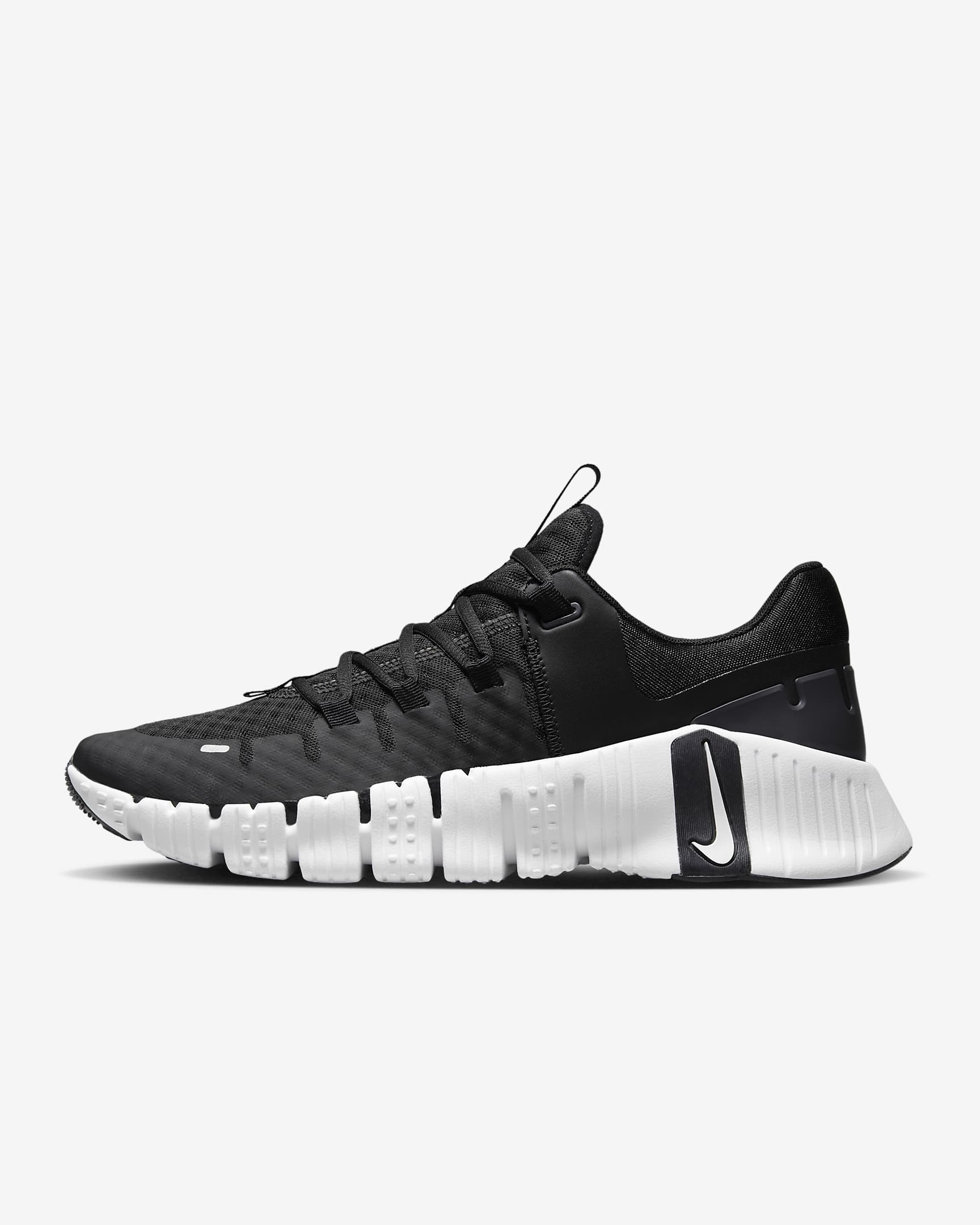
HIIT–or high-intensity interval training—requires shoes with good grip, stability, and durability. Kopach recommends Nike’s Free Metcons. “They’re super lightweight, extremely comfortable, and breathable. These are great for all studio classes, not just HIIT,” she explains.“The thick outsole treads will grip just about any surface, while their forefoot flexibility and backend stability will help keep you firmly planted on the floor.”

It’s easy to spend a ton of money on gym shoes, but it’s always best to check you’re not paying for features you don’t need. For a good all-rounder that’s more affordable, Kopach suggests looking at New Balance’s 608v5 Casual Comfort Cross Trainers. “They’re very economical and because they’re cross trainers, they are also versatile,” she says. “My clients say they are very comfortable, and at under $75, they won’t break the bank.”

As with our recommendations for HIIT workouts, crossfit shoes require a good balance of stability, grip, comfort, breathability, and shock absorption, which is why Kopach recommends this particular pair. “The Reebok Nano X3 is a great all-around training shoe,” she says. “They keep your foot from sliding fore/aft or laterally while you run, jump, cut, or lift. This is especially important in crossfit training.”

If you’re pounding laps on an indoor track, it’s pretty easy for boredom to set in, so you want to make sure you’re comfortable—otherwise, you’ll really feel every ache and twinge. Kopach advises trying out Hoka’s Bondi 8 running shoes, saying that, “This is a comfortable and versatile running shoe, known for the cushioning they provide indoor runners.” Good to know: Hoka made our list of the best running shoe brands.

If your focus is on weight training, you should avoid wearing your running shoes, especially if you’re using very heavy weights, since the heels on running shoes aren’t designed to keep you stable when lifting. Instead, try a pair actually designed for the heavy reps crowd. “Adidas Powerlift 5 shoes are popular and reliable,” says Kopach. “These shoes are durable, comfortable, and also economical. They provide all the necessary support for lifting heavy, too, so all of the joints are protected.”
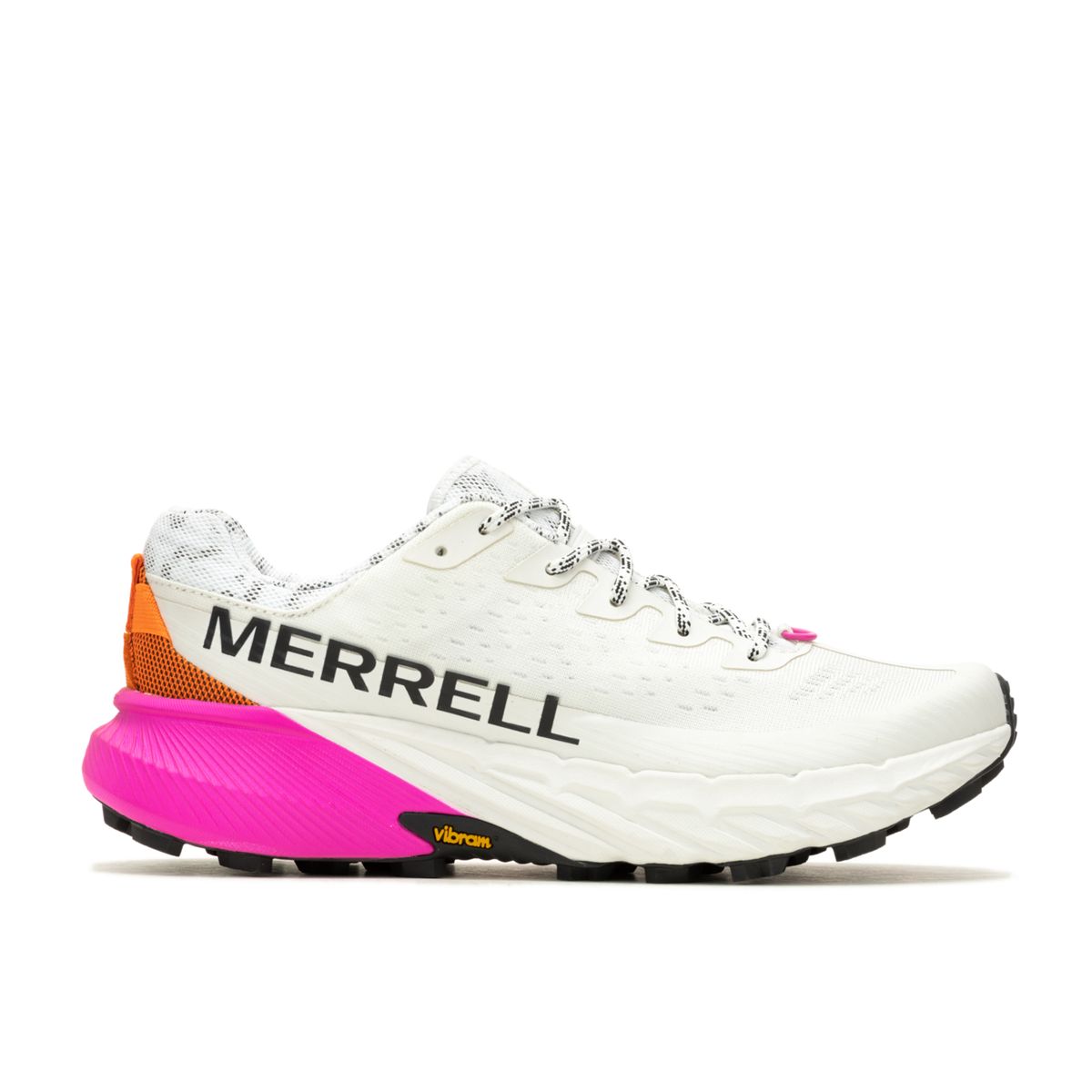
Although designed and marketed as a hardcore trail running shoe, Merrell’s Agility Peak 5 is so comfortable to run in, it just makes sense to slip them on when pounding miles on the treadmill, too. Its FloatPro foam midsole and Rock Plate really propel you forward, and as a bonus, if you’re only using them indoors, the non-waterproof version costs $30 less than their Gore-Tex counterparts. Good to know: This shoe also made our list of the best walking shoes for men.
An incredibly comfortable and responsive trail running shoe that will also eat up the treadmill miles.
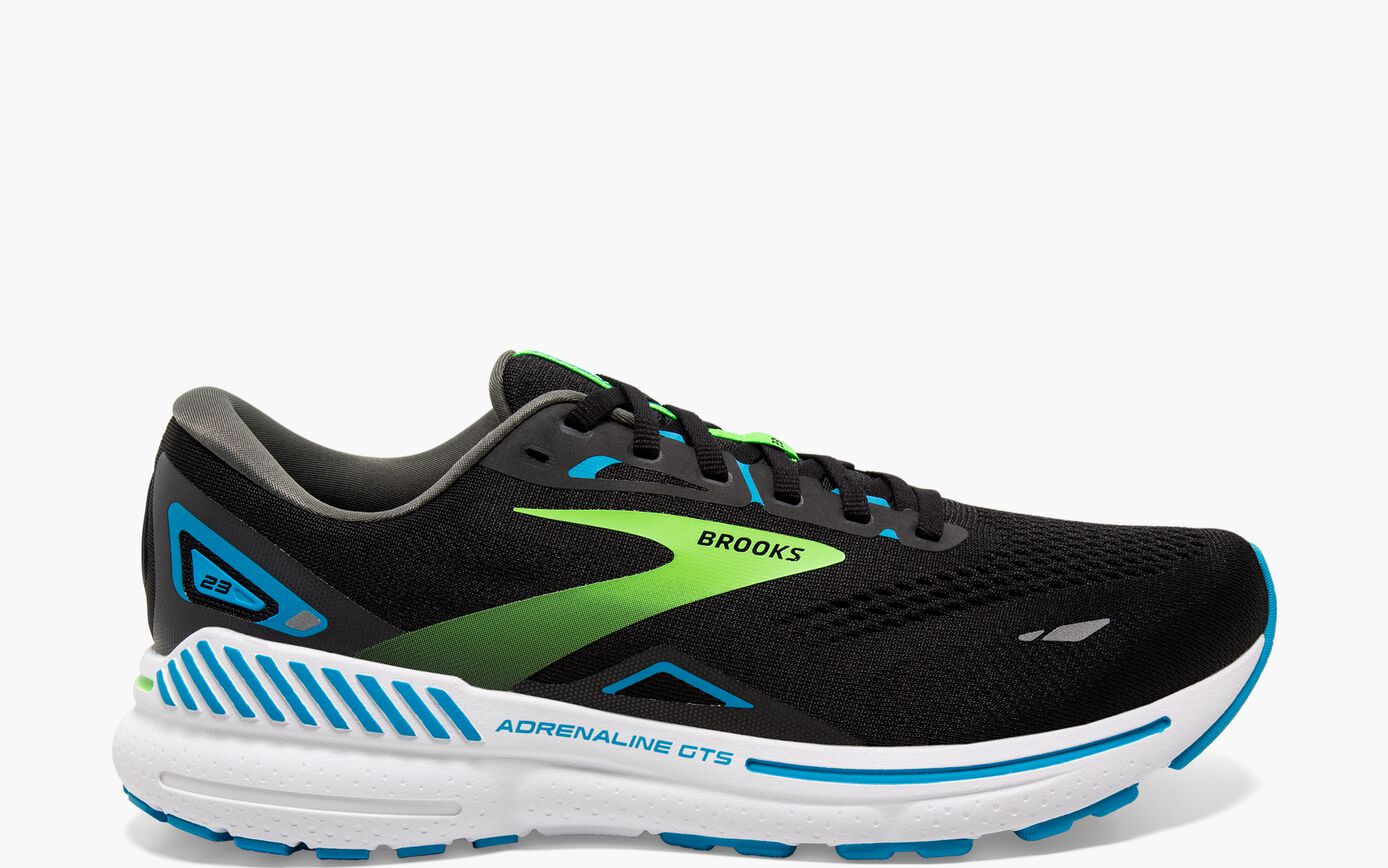
Flat feet can really hamper your stride, twisting your feet slightly and causing them to experience pressure in all the wrong places. To combat this, choose a shoe that will compensate for the shape of your feet. “Brooks Adrenaline GTS’ are great for low or flat arches,” says Kopach. “While the Glycerin model is Brooks’ most neutral shoe, Adrenaline is ideal for this foot type.” The Brooks Adrenaline GTS 23 also was recommended by podiatrists as one of the best shoes for standing all day.
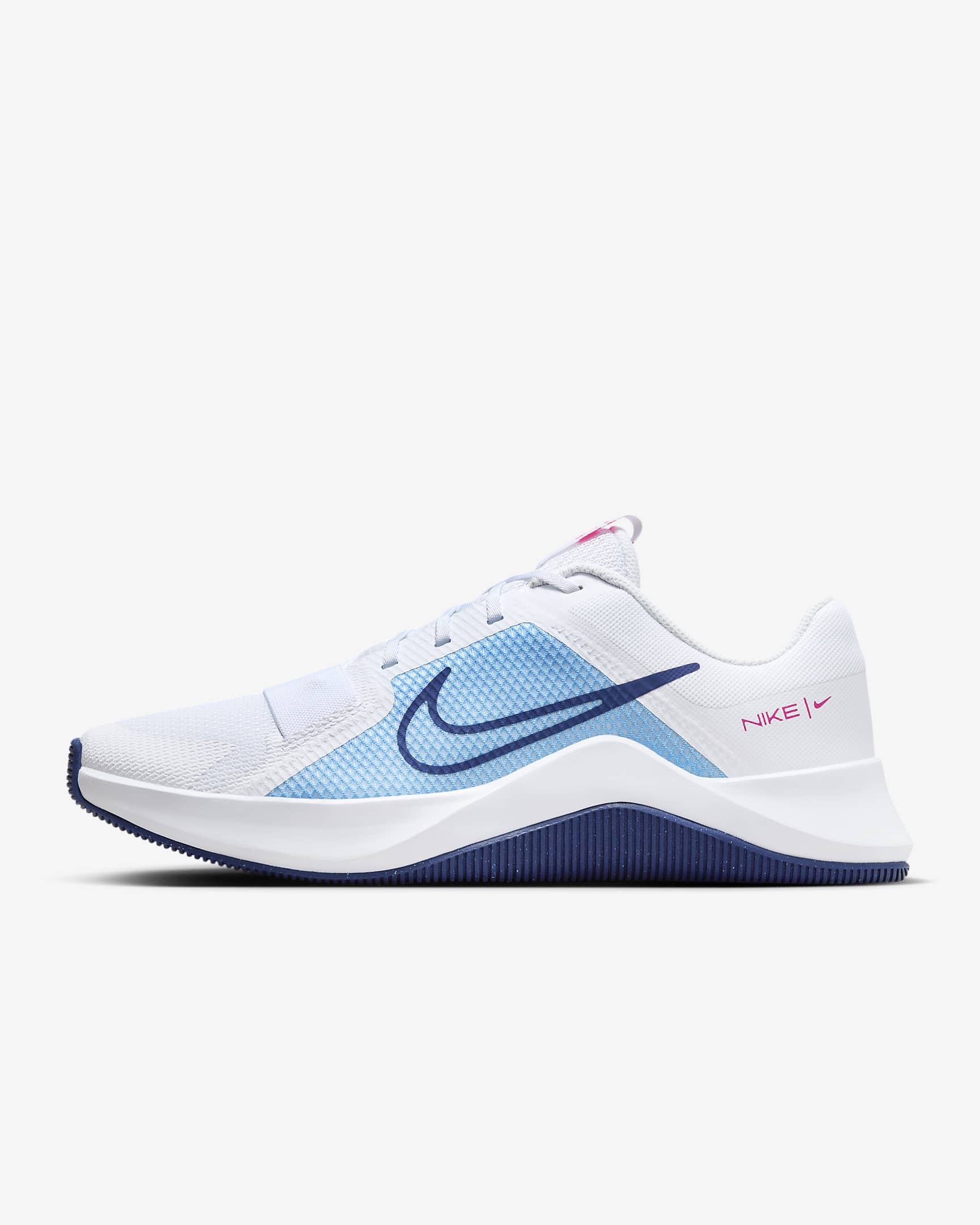
If you’re a real gym rat, you’re going to need shoes that can keep up with the amount of work you’re putting in. Even the most comfortable shoe is useless if it starts to fall apart, so durability is key. “Nike’s MC Trainer 2 offers wearers a substantial amount of stability and durability,” says Kopach. “In addition to the solid base, it provides flexibility and give.”

Barefoot shoes—which are not the same as simply thin-soled shoes!—are designed to allow the foot to move in an unrestricted, natural way. “The most popular and versatile barefoot styles are from Vivobarefoot,” says Kopach. “The Primus Lite III is especially popular at Lifetime, where I train and teach–they can be used in almost any format of class and activity.”
Our selections were made in consultation with certified fitness expert Dr. Kellie Kopach to ensure everything on our list is practical, good value for money, and appropriate for the activities described. I also drew on my own personal experience, and scoured customer reviews to check that all of our picks rated highly with real customers.
“I always tell clients that the most important item in their gym bags are their shoes,” says Dr. Kellie Kopach, fitness instructor at Lifetime Fitness and AFAA certified for 25 years. “The right gym shoe helps you to get the most from your workout and at the same time, reduces your risk of injury.” With that in mind, she suggests always paying attention to the following.
“Aside from improper form, poor shoe quality and/or fit is the leading cause of injury when working out,” says Kopach. “Gym shoes are like the tires on your car—they need the correct fit and style, and they need to be properly maintained.” If you’re unsure of the exact size you need, it’s best to try them on in person, and, ideally, ask the people who work at the store for their advice on finding the right fit for your specific feet.
Since different workouts require different movements and different styles of shoe, you should figure out which pair best suits you across your personal range of activities (or whether you need to invest in multiple pairs). “Gym shoes should have structure and provide support for both lateral and front-to-back movements,” says Kopach.
While workout shoes tend to be on the pricey side, it’s worth doing your research and checking you’re actually getting what you're paying for. Remember, proper structure, fit, longevity, and support are all worth a lot more than having a particular logo on your foot. “Yes, gym shoes are an investment, but they don’t have to empty your wallet either,” comments Kopach.How to maintain and clean gym shoes
“Gym shoes should only be worn at the gym and not used for any other activity,” advises Kopach. “This helps maintain the quality of the shoes, while also ensuring longevity in the wear. How much you work out will determine how long to keep the shoes before rotating them out of your gym bag. I recommend that my clients who work out daily purchase new shoes every six to nine months—this will ensure your body is protected from unnecessary injury.”
In terms of cleaning, start by scraping off any obvious dirt and grime that may have accumulated. If you’re not able to put the shoes in the washing machine, remove the laces and spot clean the shoes with a cloth or old toothbrush, using a gentle solution of water and dish soap. Remove the insoles and clean with either the same soap solution or a one-to-one mix of vinegar and water, ensuring you rinse them thoroughly afterward in cold water. Do the same for your laces.
Be sure to dry your shoes thoroughly in a low-humidity room. Avoid the temptation to put them close to a radiator or other heat source, as this may warp them.
“I always recommend, when clients are buying a specific brand for the first time, that they buy their shoes in person,” says Kopach. “Trying on a variety of styles is important when purchasing shoes for the first time, as is getting professionally measured and fitted. Ask questions to the in-store experts, too.”
If you’re unsure of your size, most shoe brands will offer advice on their sites, including foot-measuring tips and charts to match your measurements to that brand’s particular sizing.
In terms of fit, Kopach has some recommendations.“The most popular gym shoes for men in my classes are Brooks, Hoka, and Under Armour, as all three brands offer a variety of price points and models within their lines.” She adds again, though, that it’s important to try them on if you haven’t worn that particular brand before, especially since each brand fits slightly differently.
“I never arrive at the gym wearing my fitness shoes,” says Kopach. “I usually wear slippers or flip flops. Once I get to the gym, I change into my athletic shoes. Wearing your gym shoes outside of the gym is a no-no, especially if you attend studio classes. Wearing dirty or wet shoes on the gym floors not only ruins the floors and equipment, but could also lead to safety issues for you and others around you.”
“If you only use the treadmill, running shoes are fine,” says Kopach. “However, if you participate in any group fitness classes, I recommend more of a cross-trainer design. Every running shoe company offers some version of a cross trainer–these shoes protect the joints more when you’re engaging in lateral movements, which are commonly executed in group fitness.”
“Walking shoes, running shoes, and cross training shoes are most commonly used in the gym setting,” says Kopach. “Minimalist-type shoes could be worn in pilates-style and barre classes.
“Most gyms have trainers who can help you determine a shoe type that’s right for you,” suggests Kopach. “I am probably asked about shoes three times per week. I will then ask the clients what type of workouts they do outside of my classes, and then steer them into some styles and brands that I think could work for them.”
The information presented here is created by TIME Stamped and overseen by TIME editorial staff. To learn more, see our About Us page.


